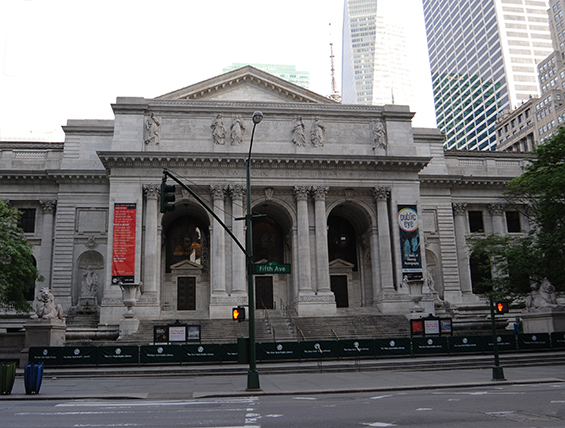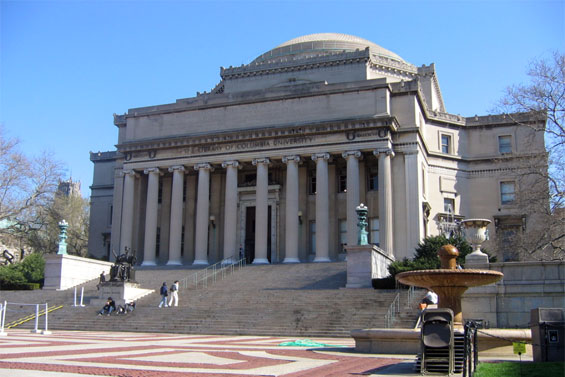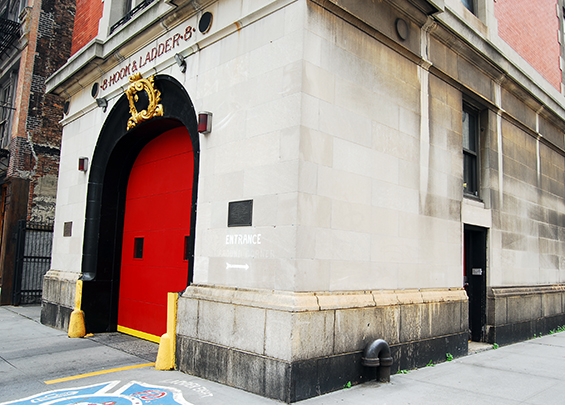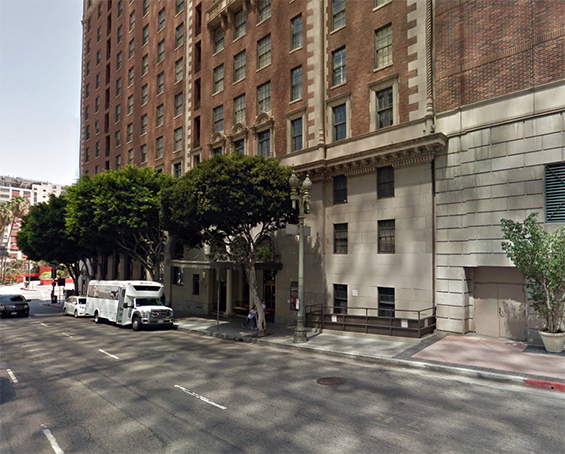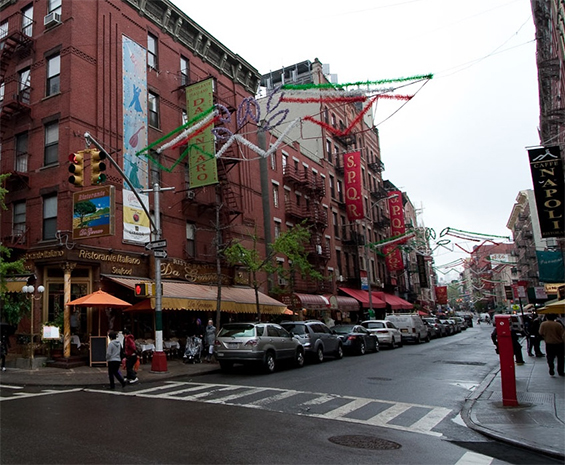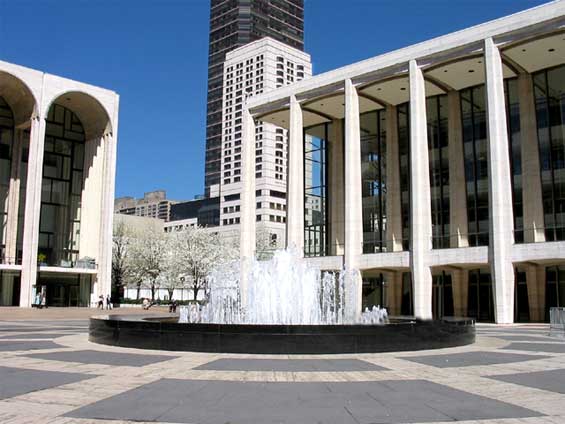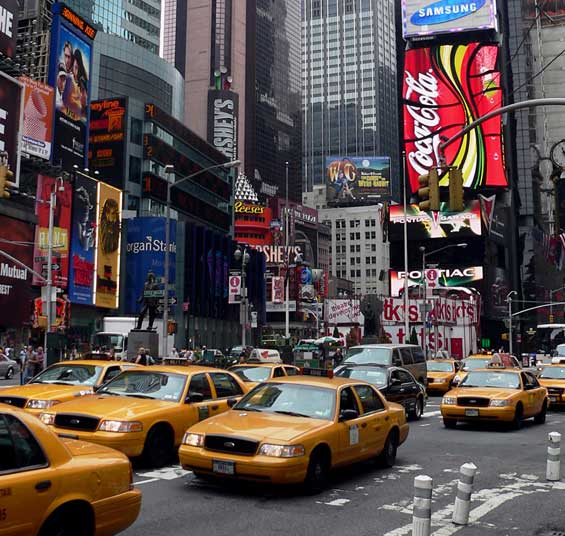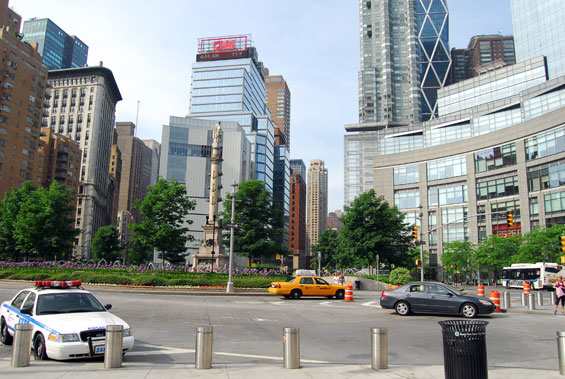Ghostbusters (1984) |
Last Updated: Dec 2016 |
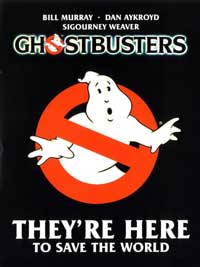 |
University parapsychologists Dr. Peter Venkman (Bill Murray), Dr. Raymond Stanz (Dan Aykroyd) and Dr. Egon Spengler (Harold Ramis) lose a research grant when their experiment methodology is proven to be bogus. The team decides to go into business for themselves and open ‘Ghostbusters,’ a ghost removal service. After struggling to get on their feet, they are summoned to investigate the strange happenings in Dana Barrett's (Sigourney Weaver) Central Park West apartment. What they discover is that all Manhattan is being besieged by ghosts and other worldly demons through a portal in her building. |



|


|


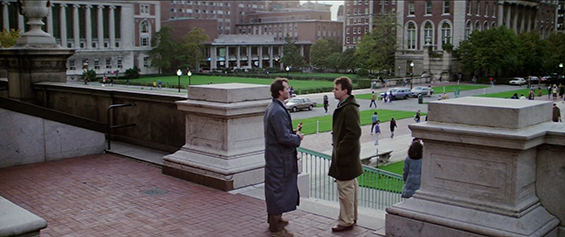
|
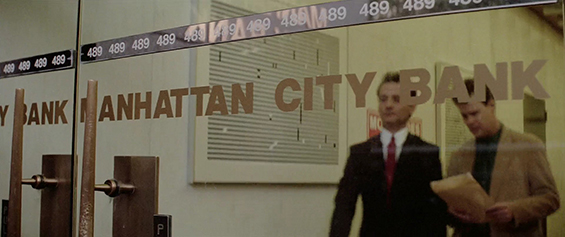


|
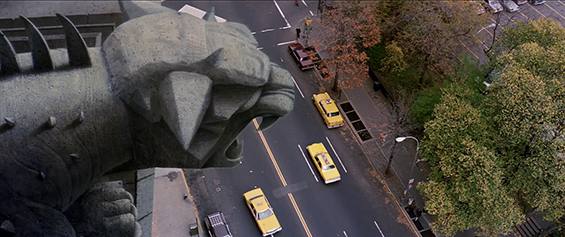
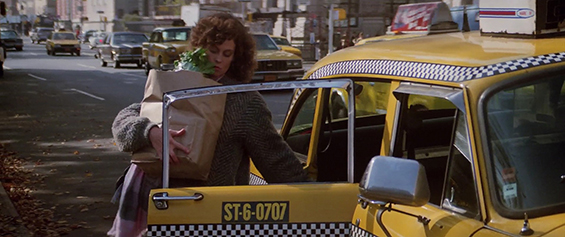

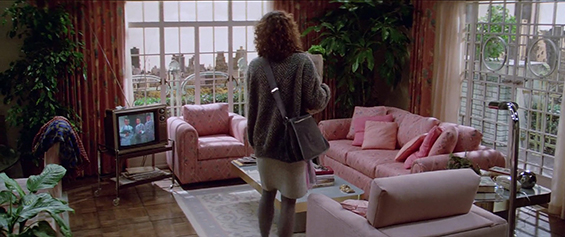
|

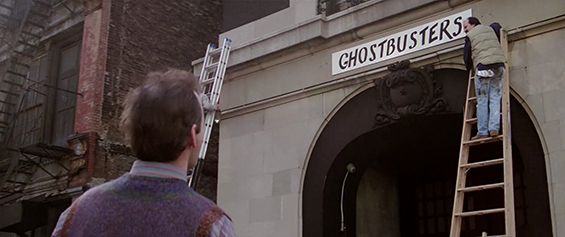
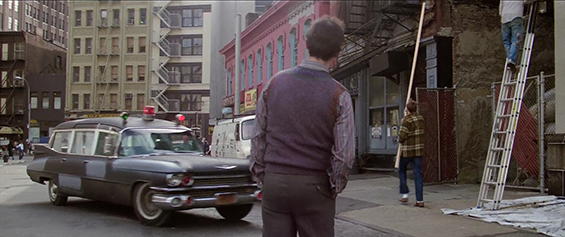


|
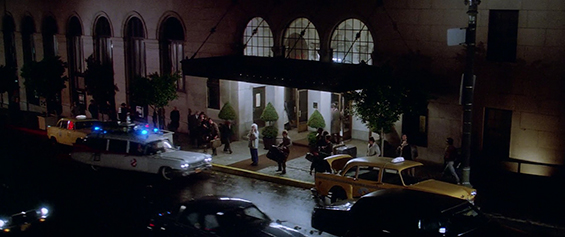


|

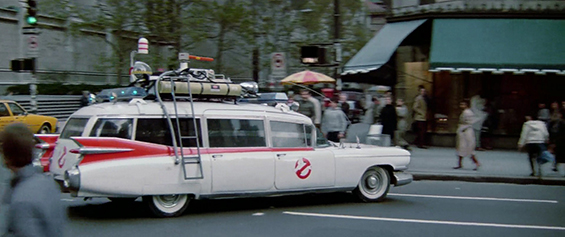
|


|


|
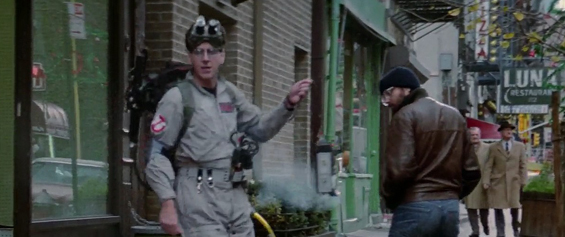
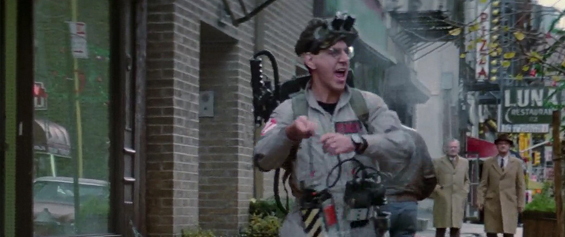
|


|
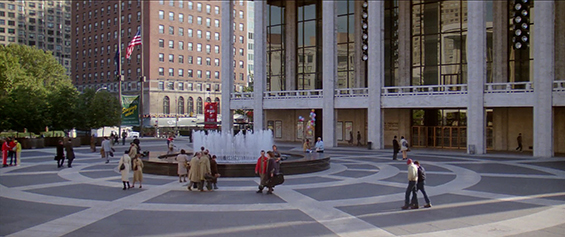


|
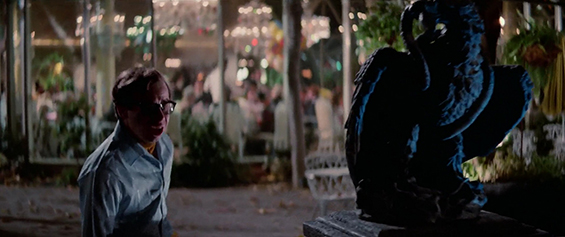


|



|



|
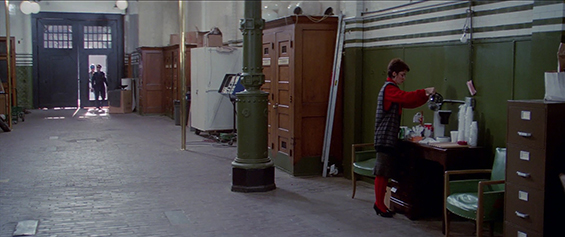
otsoNY Comments: This location was only used for interior shots. It was also featured in the Cameron Diaz film, The Mask.
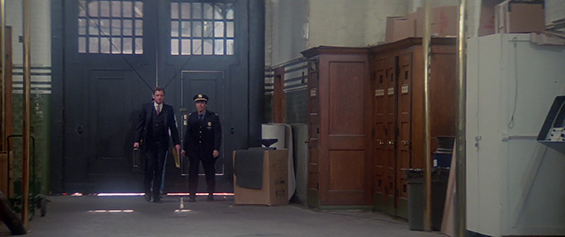
|
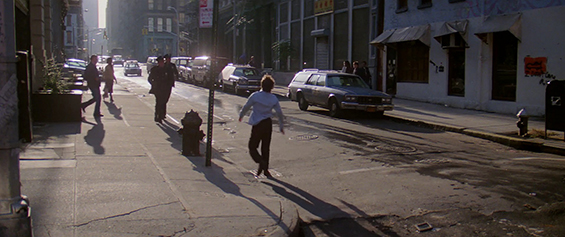
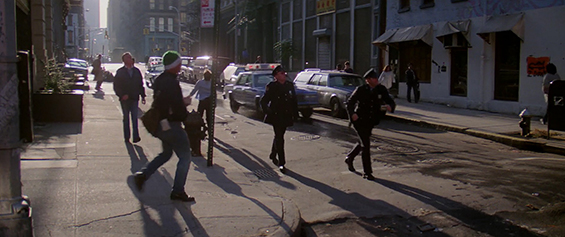
|
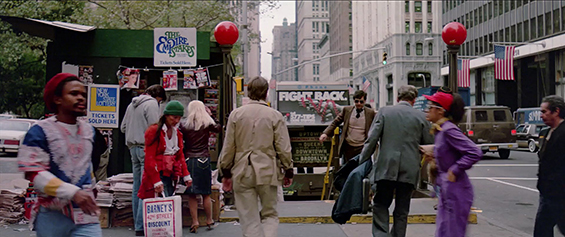

|
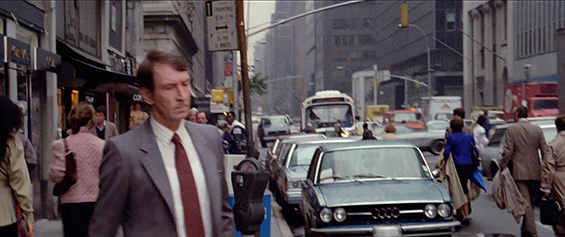
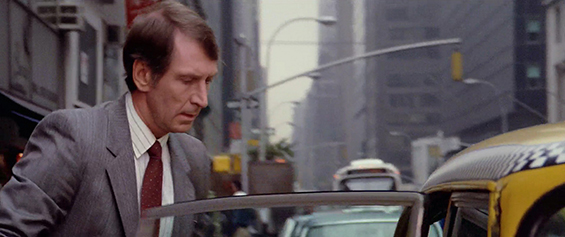

|


|



|
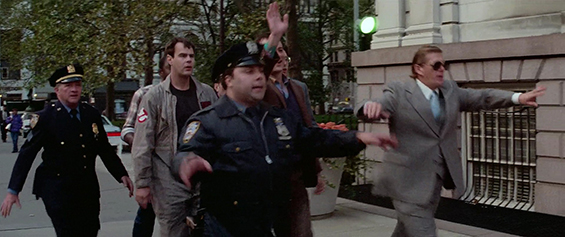

|




|
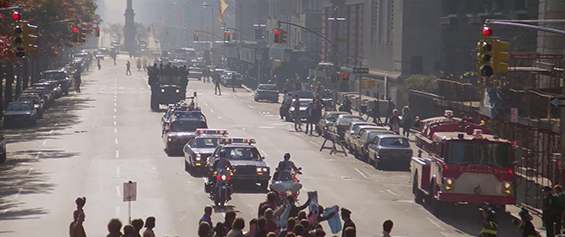



|
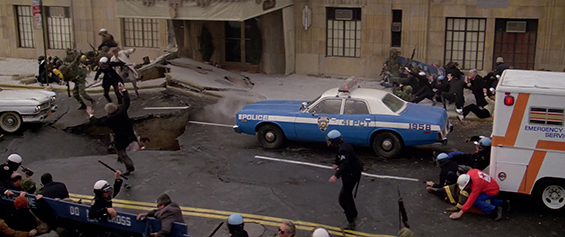
otsoNY Comments: The final scenes of the film were in part shot on a soundstage at Columbia Ranch in California. A life-size replica of the entrance to 55 Central Park West and road outside the building was constructed to allow the filmmakers to show that the road had been destroyed and for a brief moment of suspect, consumed the Ghostbusters.


|

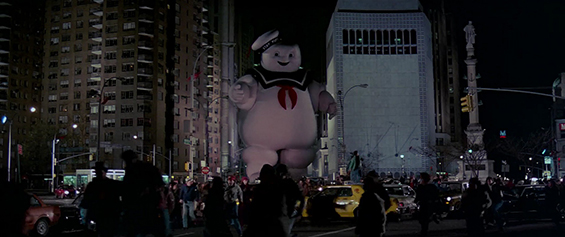
|
Quick Links
Chart Listings
Disclaimer
All images that appear on the site are copyrighted to their respective owners and otsoNY.com claims no credit for them unless otherwise noted. If you own the rights to any of the images and do not wish them to appear on the site please contact us, and they will be promptly removed.
|
2009-2025 onthesetofnewyork.com | Film Locations | Picture Gallery | Privacy Policy | Disclaimer | Contact |
Donations for hosting |
|



